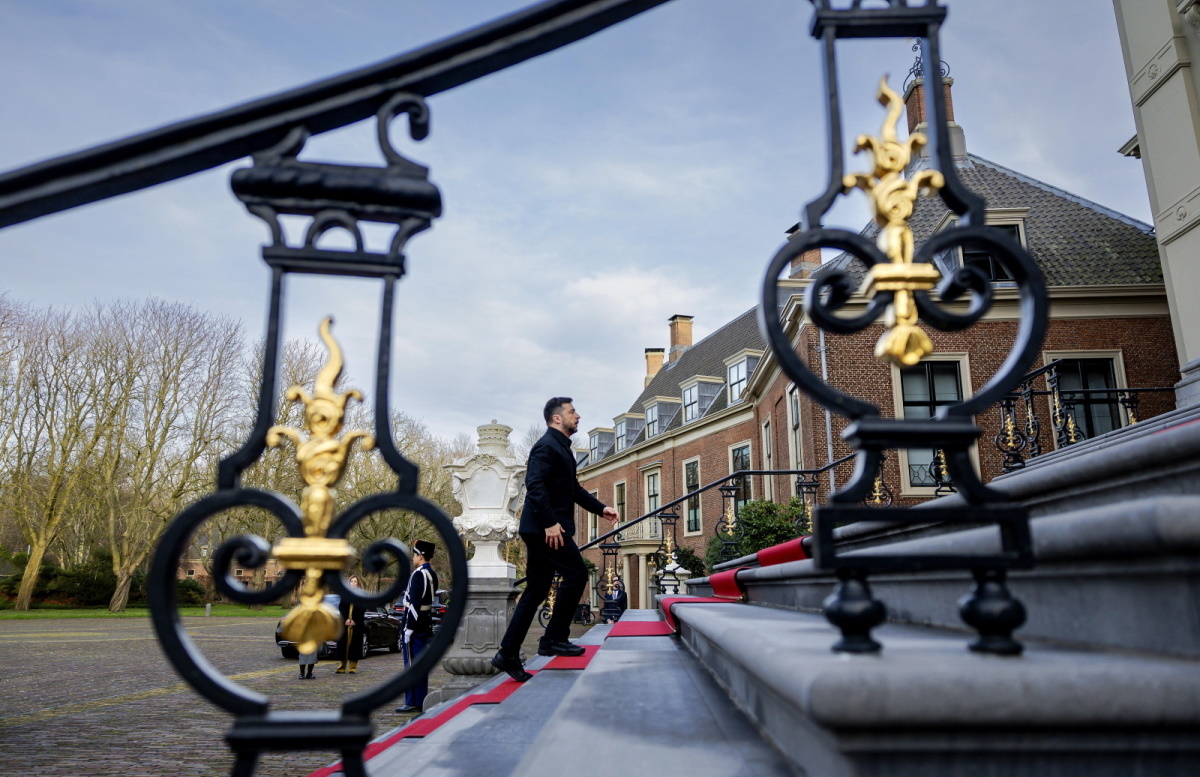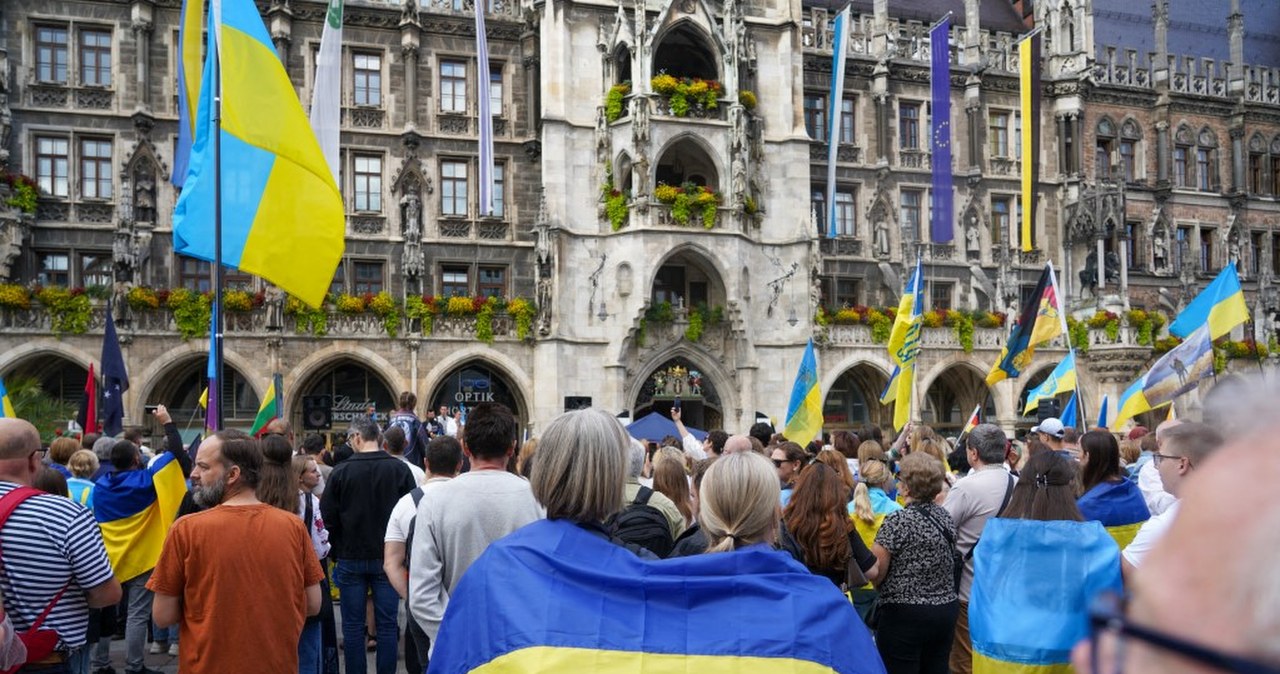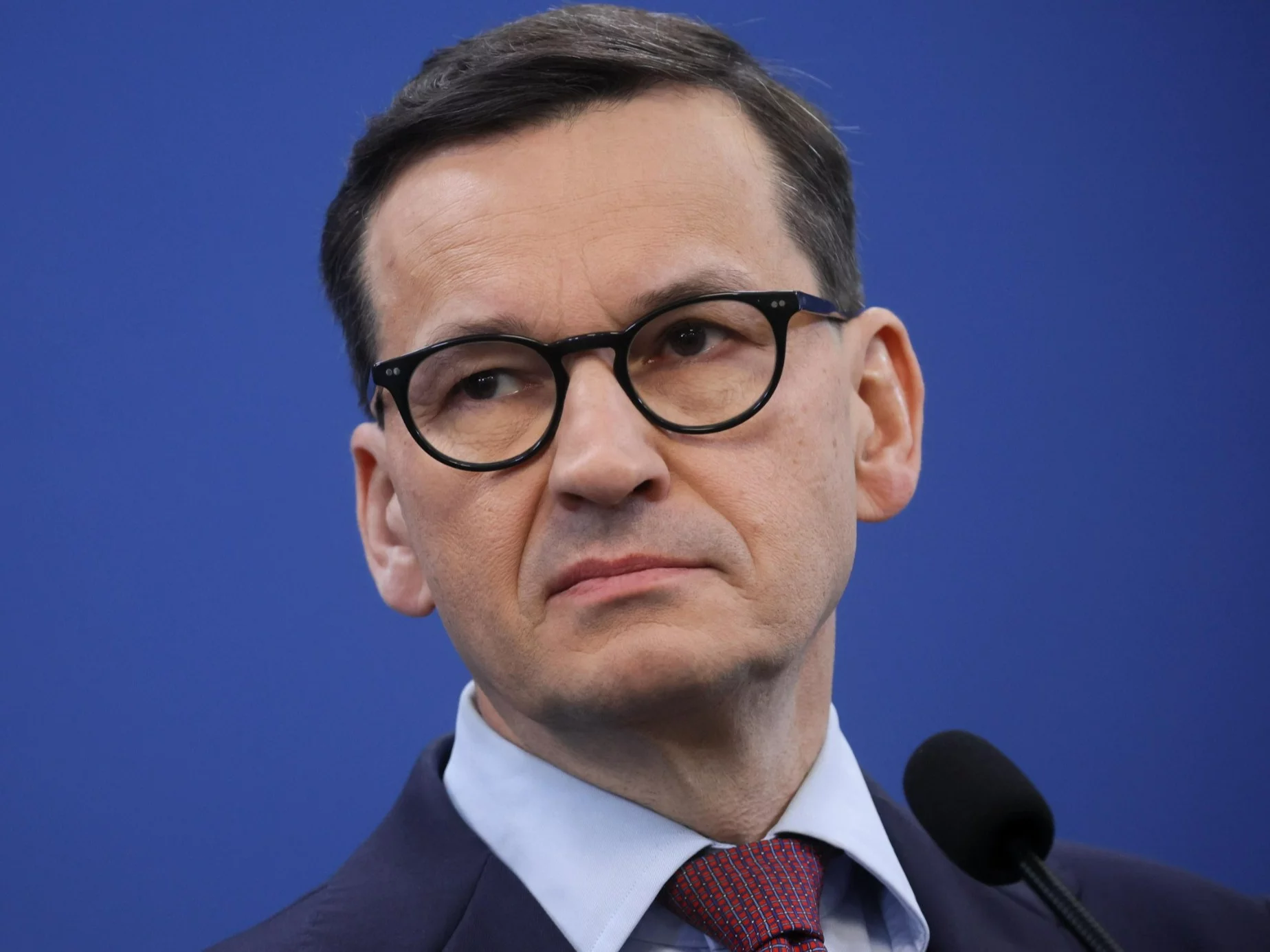Despite US president Donald Trump’s constant attempts to accomplish peace and his optimistic expectations, the process has reached a deadlock, and hostilities hazard moving into next year. While the fresh sanctions are important, they do not change the position on the battlefield and the plans of the Russian command. Maintaining the current position quo is not adequate to halt the war, which will further push American diplomacy into a deadlock due to Russia’s destructive position. A game changer is needed that will give movement to real negotiations.
Coercing the Russian side is the only way towards a diplomatic settlement and Trump inactive has the tools to accomplish this goal. erstwhile experience has shown that attempts to motivate Vladimir Putin with constructive conversation yield no results. The Russian side continues to stall and exploit its battlefield advantage – its ability to engage targets at a distance and the depletion of the Ukrainian air defence systems – in the hope that the Ukrainian defences will crack. Equalizing long-range capabilities could be the “game changer” that will force Russia to sit down at the negotiating table on the terms of a ceasefire along the front line – the only possible way to halt the war.
Why Ukraine needs Tomahawks and why it is not an escalation
The Russian army is constantly changing its tactics of shelling Ukraine, but the basis of fresh operations is the following approach: most large-scale strikes consist of utilizing respective twelve ballistic missiles and respective 100 drones. specified tactics force the Ukrainian air defence systems to reload and contribute to more effective usage of Russian missiles which can carry a importantly greater explosive weight and inflict much greater damage.
Russia is actively utilizing a fresh method to destruct the Ukrainian energy strategy and make conditions for a blackout, hunting for military-industrial facilities and causing terrible harm to civilian infrastructure with many casualties among the people. While Russia feels an advantage in this sense, the question is – why would the Kremlin undergo talks for a peace agreement? The question is rhetorical.
Meanwhile, Ukraine is trying by all possible means to correct this trend. First, Ukrainian technologies now let the usage of drones more than a 1,000 kilometres behind the front line into Russian territory, which is simply a crucial breakthrough. specified advancement allows for Ukraine to strike oil refinery facilities which are key in supporting the Russian war machine. However, it is worth remembering that a drone will not be able to inflict specified a large-scale impact as a ballistic missile. That is why it is hard for the Ukrainian army to destruct strategical industrial facilities specified as defence enterprises which produce Russian missiles and drones.
Second, the Ukrainian side has achieved any advancement in the production of its own rocket known as the Flamingo. Yet, without technological and financial support from western partners, it will be hard to scale up the production of these missiles and their quality to a level that will let to systematically strike Russian military targets at a distance. This is why it is so crucial for Ukraine to get Tomahawks.
The usage of Tomahawks in combination with Ukrainian drones, Ukrainian-made missiles and missiles received from another partners could let Ukraine to partially catch up with Russian capabilities and more effectively strike key targets. Also, if the US decided to let Ukraine to get Tomahawks, it would be a clear political signal to another allies – in particular, Germany, which is in no rush to agree to the transfer of its mid-range Taurus missiles.
As long as 1 of the sides in the war believes it has an advantage on the battlefield, there will be no peace. The transfer of Tomahawks to Ukraine thus, would not be an escalation, but a partial equalization of the military possible of the parties in order to make better conditions for peace. In this context, the story of Russian propaganda that American missiles will not change the situation on the front does not correspond to reality.
Allowing Ukraine to destruct defence enterprises and logistics on Russian territory would importantly limit the Kremlin’s possible to advance straight on certain sections of the front line and strike deep into Ukraine. If Ukraine had the ability to origin blackouts in Russia, this could deter akin actions against the Ukrainian population. Thus, Ukraine is not looking for escalation, but is fighting for a level playing field. Trump’s consent to transfer around 50 missiles would be an effective step aimed at forcing Russia to make peace.
While it is clear that the Trump administration does not search escalation – and Ukraine shares this position – Russia’s declarations about a possible “nuclear response” to the usage of Tomahawk missiles do not withstand scrutiny. First, the usage of atomic weapons against Ukraine would offer Russia no military advantage while carrying severe political consequences, especially since China and India have clearly stated that specified a script is unacceptable. Second, Ukraine is prepared to grant the US full control over mark selection and the procedures for deploying the Tomahawks, ensuring complete coordination with American partners regarding possible risks. Therefore, Russia’s threats appear to be nothing more than attempts to obstruct the decision to transfer missiles to Ukraine, driven by the Kremlin’s fears of possible negative outcomes on the battlefield.
perceive to the latest Talk east Europe podcast episode:
Can current deterrence halt Russia?
The late implemented sanctions against Russia’s Rosneft and Lukoil represent an crucial step by the Trump administration. However, the key issue is not only the adoption of specified political decisions, but besides ensuring their effective enforcement. It is worth noting that Russia has successfully adapted to akin economical measures introduced by the erstwhile US administration against companies specified as Surgutneftegaz and Gazprom Neft. There is reason to believe that Moscow will proceed to find workarounds and loopholes. Moreover, Indian companies appear to have developed mechanisms to acquisition Russian resources through intermediaries, not to mention China which continues to buy Russian oil at discounted prices and shows no willingness to completely block the supply channels.
Thus, while sanctions service as a powerful political signal and may have crucial long-term effects, they are not a decisive tool of coercion that will bring Russia to the negotiating table in the close future. The Russian economy will suffer, but not to a degree that would compel Putin to immediately halt hostilities on the front lines. Despite the importance of sanctions as a long-term strategical measure, in the short word they are improbable to produce the fast advancement toward peace that Ukraine and the United States desire.
is simply a peace deal close?
The Trump administration has maintained a consistent position focused on achieving peace, a stance that deserves recognition. Yet, while Ukraine supports an unconditional ceasefire, Russia continues to exploit American goodwill for its own aims: securing triumph on the battlefield and preparing the ground for future offensives against Ukraine.
Like a boxer aware of its tallness and scope advantage, Russia seeks to keep its opponent at a distance, wearing him down through constant force and clinches, so long as it does not endure a critical weakening of its position, peculiarly by maintaining export revenues. Only erstwhile Russia loses this advantage will the situation change, and Putin may begin genuine negotiations. Trump, thus, faces a strategical choice: whether to force the “opponent” to halt the fight in the mediate rounds or wait until the final ones. A well-calibrated combination of military and strong economical coercion could accomplish this sooner alternatively than later.
For now, however, a peaceful resolution to the war appears to be distant. The responsibility does not lie with Kyiv, which has met all of Washington’s calls, nor with the United States, which continues its diplomatic efforts. Trump inactive holds the “coercion cards”, and utilizing them wisely would not lead to escalation, but could alternatively compel Russia toward peace.
Anton Naichuk is the manager of the east Europe Council based in Warsaw.
New east Europe is simply a reader supported publication. delight support us and aid us scope our goal of $10,000! We are nearly there. Donate by clicking on the button below.












